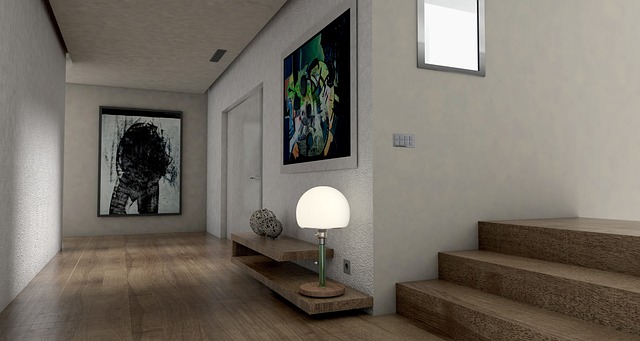Unlocking Realism: The Power of 3D Visualization in Simulation
In the rapidly evolving world of simulation, 3D visualization stands out as a transformative force, reshaping how we experience digital environments. Gone are the days when flat, two-dimensional screens defined our interaction with simulations. Today, immersive technologies like Virtual Reality (VR), Augmented Reality (AR), and the metaversum leverage 3D visualization to blur the lines between the digital and physical realms, delivering experiences that feel startlingly real.
Virtual Reality: Immersive Worlds Beyond Imagination
Step inside a virtual simulation, and you’re surrounded by meticulously crafted 3D environments that respond to your every move. VR harnesses 3D visualization to create worlds that you can explore, manipulate, and learn from. Whether it’s training pilots in realistic flight simulators or offering medical students a hands-on experience without actual surgery, VR amplifies the emotional and cognitive impact of simulations. The enhanced depth perception and spatial awareness enabled by 3D models make these experiences as close to reality as possible, bridging the gap between imagination and tangible learning.
Augmented Reality: Enhancing the Real with the Digital
Unlike VR, which fully immerses you in a synthetic space, AR uses 3D visualization to layer digital content onto the real world. This fusion makes simulations more practical and accessible. Imagine architects walking through a construction site with detailed 3D blueprints overlaid onto incomplete structures or surgeons using AR goggles to visualize organs and blood vessels during complex procedures. AR turns ordinary environments into interactive simulations, enriching the way we perceive and interact with reality itself.
The Metaversum: The New Frontier of 3D Simulation
The concept of the metaversum presents a boundless digital universe powered by advanced 3D visualization. In this interconnected space, individuals from around the world can collaborate, socialize, and create in shared virtual environments. The metaversum goes beyond entertainment—it’s becoming a vital platform for education, business, and innovation. The hyper-realistic 3D models within these worlds allow users to experience simulations not just as observers but as active participants, embodying avatars that reflect and react to their actions, emotions, and decisions.
The Emotional Connection to Realism
What makes 3D visualization so powerful in simulation is its ability to evoke genuine emotional responses. Realistic depth, texture, and spatial orientation engage the senses and anchor users in the experience. This emotional immersion can drive better learning outcomes, enhance empathy, and foster deeper engagement. Whether it’s a VR simulation helping a firefighter rehearse dangerous rescues, or an AR tool guiding a mechanic through engine repair, the authenticity delivered by 3D visualization achieves what traditional methods simply cannot.
In summary, 3D visualization is not just a technological feature but a gateway to richer, more impactful simulations. As VR, AR, and the metaversum continue to evolve, so too will our capacity to unlock new layers of realism that transform how we learn, work, and connect.



